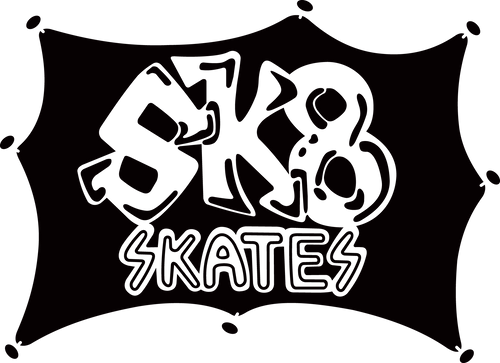
Skateboard Hardware Guide: Essential Components and Selection Tips
Introduction
Understanding the hardware that makes up a skateboard is crucial for both assembling and maintaining your board. Skateboard hardware refers to the nuts, bolts, and other components that hold your skateboard together, ensuring a safe and optimal riding experience. This guide will break down the key pieces of skateboard hardware and offer tips for selecting the right components for your setup.
Deck
The deck is the flat, long board where you stand and is considered the most crucial part of the skateboard. It's made of several layers of plywood, typically maple, glued together for strength and flexibility. Decks come in various sizes and shapes, influencing your skateboarding style and comfort.
-
Width: Ranges from 7.5" to 8.5"+. Wider decks provide more stability, while narrower ones are better for technical tricks.
-
Length: Usually between 28" to 33". Affects maneuverability and stability.
-
Concave: The curve between the deck's nose and tail, affecting foot placement and trick potential.
Trucks
Trucks are the metal T-shaped parts that mount onto the underside of the skateboard deck, connecting the wheels and bearings to the board. They play a significant role in how the skateboard turns and can be adjusted for a tighter or looser feel.
-
Width: Should match the width of your deck for optimal control.
-
Height: Determines the distance between the deck and ground, affecting turning and wheel size compatibility.
Wheels
Skateboard wheels vary in size and hardness, impacting your ride's speed, smoothness, and ability to perform tricks.
-
Size: Measured in millimeters (mm), wheel size affects acceleration and the ability to roll over obstacles.
-
Hardness: Measured on the Durometer A scale, harder wheels are faster and better for smooth surfaces, while softer wheels offer more grip and absorb shocks on rough terrain.
Bearings
Bearings fit inside the wheels, allowing them to spin on the axles. They are rated by the ABEC system, which measures precision and efficiency.
- ABEC Rating: Higher ratings indicate greater precision and smoother, faster rides, but for skateboarding, ABEC 5 to 7 is typically sufficient.
Hardware (Nuts and Bolts)
This refers to the screws and nuts used to attach the trucks to the deck. Standard skateboard hardware includes eight bolts and eight nuts.
-
Length: Ensure the bolts are long enough to securely fasten the trucks, especially if using riser pads.
-
Type: Allen (hex) or Phillips head bolts are common, with personal preference dictating choice.
Griptape
Griptape is the abrasive material applied to the top of the deck, providing traction for your shoes. It needs to be replaced periodically to maintain grip.
-
Selection: Available in various colors and patterns, though functionality should be the priority.
Riser Pads
Optional plastic pads that can be placed between the trucks and deck to increase height, reduce stress on the deck, and prevent wheel bite.
-
Thickness: Varies based on preference and the need to prevent wheel bite with larger wheels.
Conclusion
Selecting the right skateboard hardware is essential for customizing your ride to suit your style, ensuring durability, and maintaining safety. Whether you're building a new board from scratch or upgrading existing components, understanding the role and specifications of each piece of hardware will help you make informed choices.
Ready to build or upgrade your skateboard with the right hardware? Visit our shop for a comprehensive selection of high-quality components and expert advice. Whether you're a beginner or a seasoned skater, we have everything you need to create the perfect skateboard setup tailored to your preferences and style.
Legit since 1987.
Sk8 Skates is more than just a skate and snowboard shop, it is a family of individuals committed to strengthening the Winnipeg skateboard and snowboard scene.





